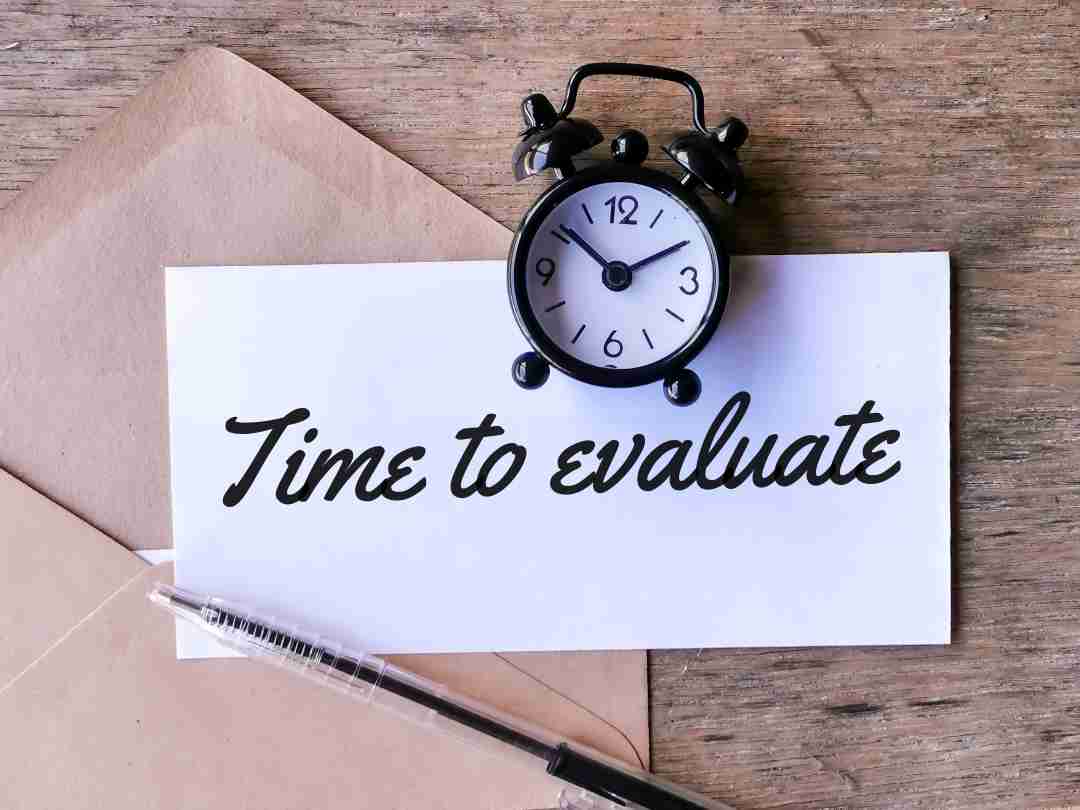Over the years, hypnosis has often been subject to stigma—usually based on how it is portrayed on television and in movies. However, there is much more to hypnosis and hypnotherapy than that.
The hypnosis process is deep and complex and requires concentration, relaxation and the willingness to explore one’s subconscious.
It is a self-generated state where you fall into a trance-like state that helps you forget your conscious awareness and focus on the subconscious. You can only fall under a hypnotic trance if you truly intend to do so.
Hypnosis is often used in hypnotherapy sessions to uncover traumas and promote healing. It can help you delve deeper within yourself and find out what is blocking you from living your life to its full potential.
Let us explore how hypnosis works.
Before the Session
Getting to Know the Client
Before you start with hypnosis sessions, I like to get to know my client. It is important for me to know you, your history, your concerns and the goals you aim to achieve through our sessions. Besides that, I need to know a few key details about you to determine whether hypnosis is indeed right for you.
The Right Set-up
Often, where you conduct a hypnosis session affects how the session goes. You do not need complete silence, however, it is easier to take the hypnosis process forward when you can hear me clearly. This is why I recommend conducting face-to-face sessions at my private hypnotherapy clinic at Longcroft House, Liverpool Street.
Pre-talk
Before we begin, it is important for us to talk about the process of hypnosis, the steps we’ll be taking together and the goals you want to achieve through these sessions. I will help you familiarise yourself with the concept of hypnosis and explain how I will guide you through the session. We will then identify the goals that you want to achieve short-term and long-term through hypnosis so that we can target them during sessions.
The Hypnosis Process in 4 Steps
In a typical hypnotherapy session, I work with you to bring some sort of change or improvement so that you can lead a healthier life. For example, let us say you want to deal with your habit of procrastinating. With these four basic hypnosis steps, you can break your unhealthy patterns and replace them with healthier and more positive ones.
Step 1: Identifying and Explaining Behaviour

When it comes to changing behaviour, it is important to understand why you behave the way you do. This is because there are always certain subconscious motivators for your behaviour. Taking procrastination as an example, the subconscious reasoning behind why you procrastinate can be linked to the pain-pleasure principle.
Human beings naturally seek to do more things that give them pleasure and avoid things that cause them pain. This is also true when you perceive an activity or event as painful. This tells us that a reason why someone may procrastinate could be that they are avoiding the activity due to some perceived pain or fear.
Step 2: Creating a Strategy for Change

Once we identify the reason behind unhealthy behaviour, we will work together to develop a strategy for change. This involves a realistic plan in which you are an active participant who intends to do something differently.
A good strategy to deal with procrastination could be to change the perception of the painful activity. The perception of pain can slowly be replaced with motivation or excitement instead. You can also adopt other strategies, like rewards, time limits, breaks and more.
Step 3: Increasing Receptivity Towards New Strategies

Once we develop new strategies, I will work with you to increase your receptivity towards them. With hypnosis, you will see yourself open up to new, healthy habits and patterns.
I will first guide you to relax completely, then, use some positive suggestions to change your receptivity towards the new strategies. When you are completely relaxed, your mind is more open to suggestions. We may also use visualisation to help you change negative perceptions about your issues.
In this way, you can overcome problems like procrastination, insomnia, addictions, low self confidence and more.
Step 4: Evaluation

Once the above has all been achieved, we will have a follow-up session where we will evaluate the changes that we have worked on. If the strategies have worked and a positive change is observed, we may continue to reinforce the changed behaviour and make it stronger.
However, if no positive change is observed, we can start again and evaluate other strategies and techniques that may help you more effectively.
Contact CityHypno for Bespoke Hypnotherapy Sessions
Hypnosis has been vastly misunderstood, which is why many people miss out on its various advantages. No matter what problem you are dealing with, hypnotherapy can provide you with the right solutions.
In my sessions, I make sure that you feel comfortable and that we work together so that you can achieve your goals. Whether you are dealing with depression, anxiety, insomnia or addictions, I can help you make a positive change and lead a healthier life.
Don’t wait any longer. Book now and begin your journey towards healing!
To learn more about my treatments, click here.



 by
by